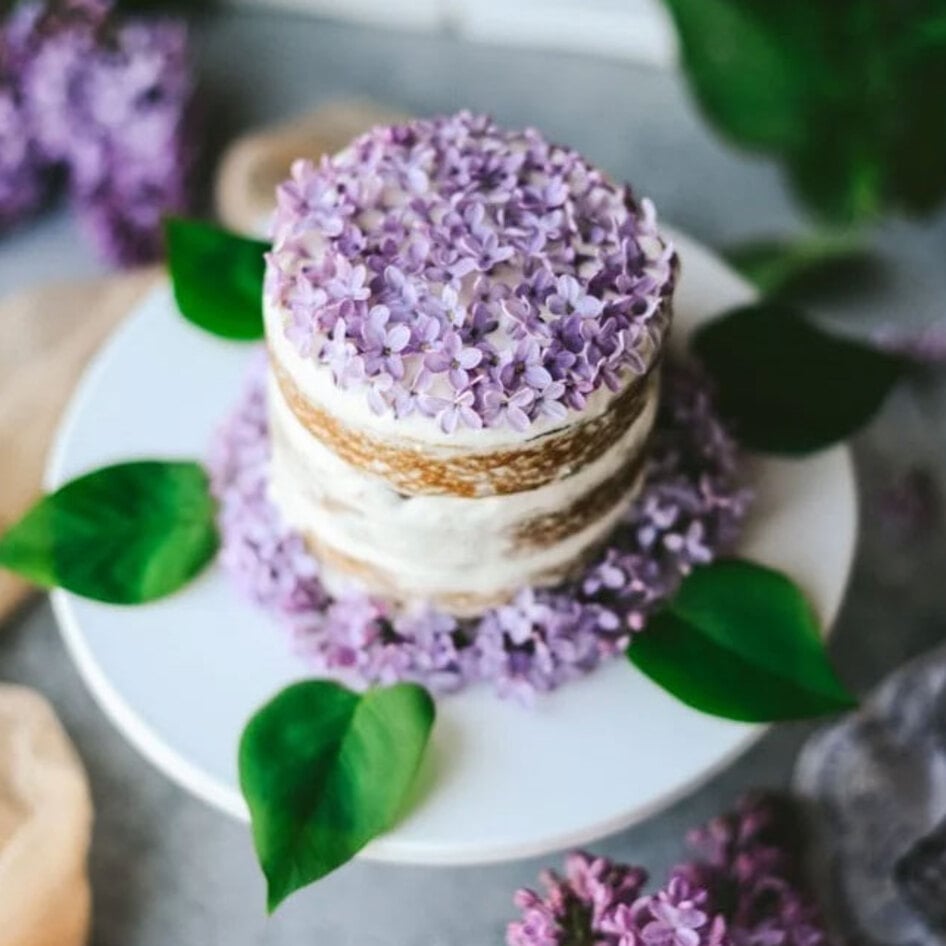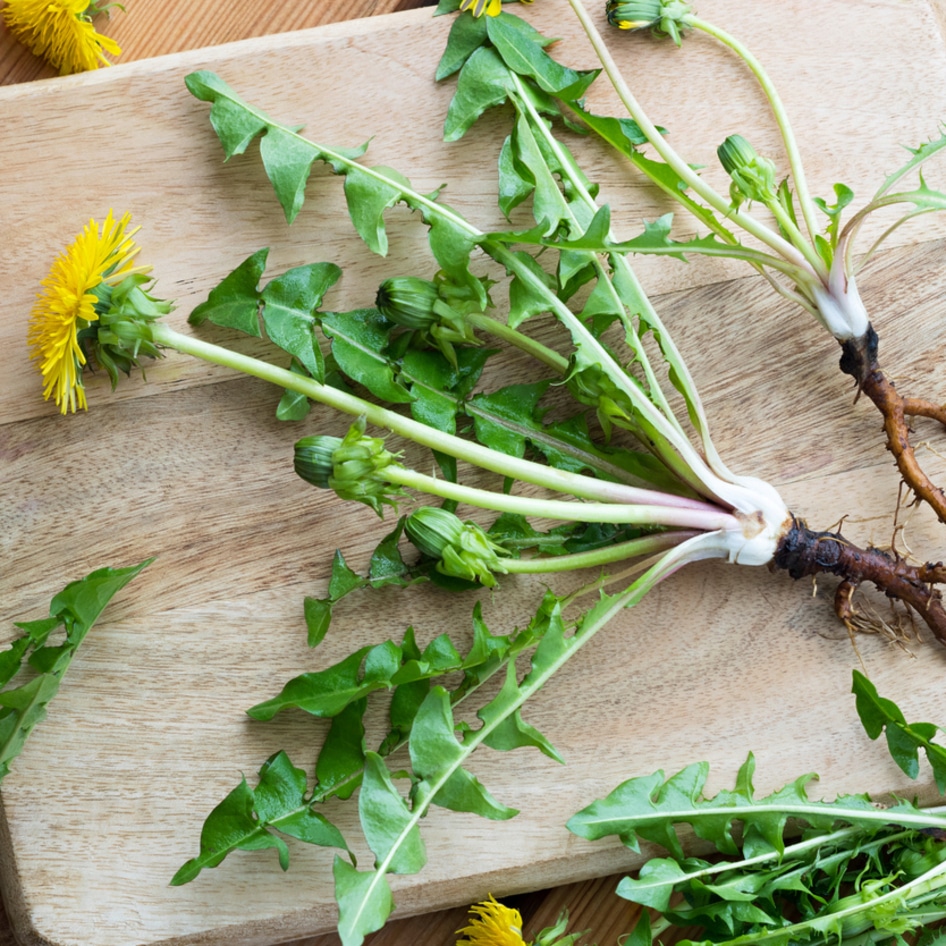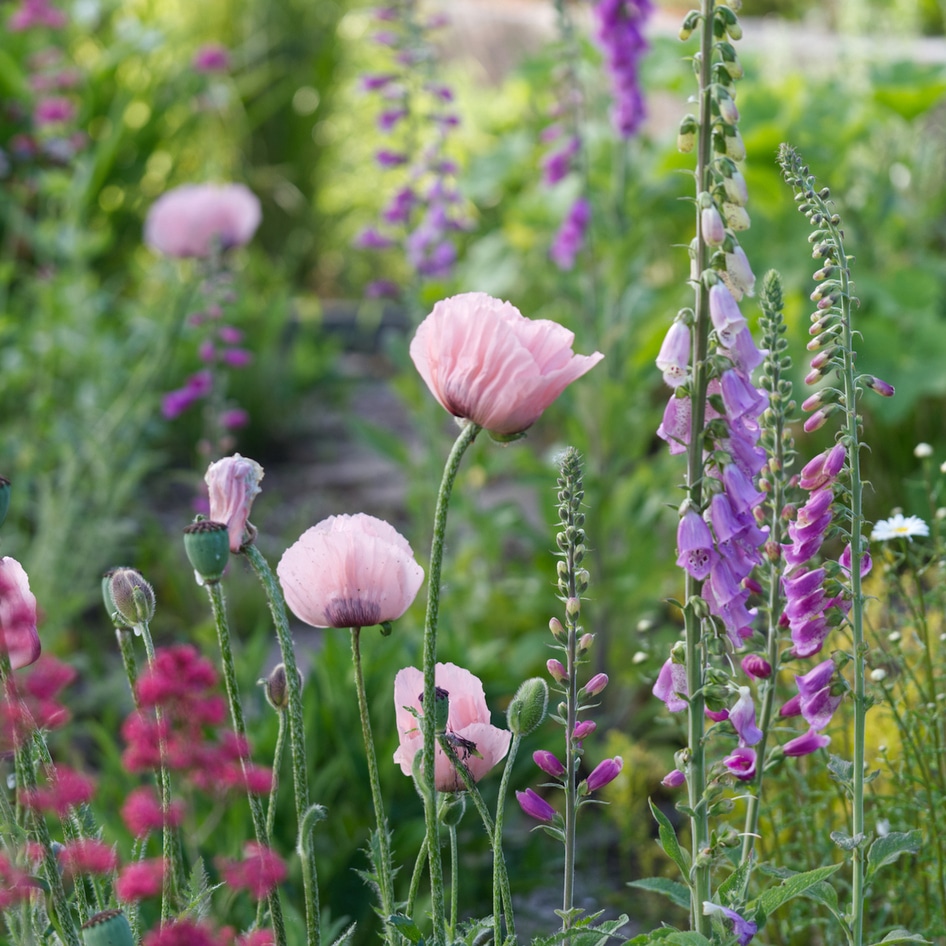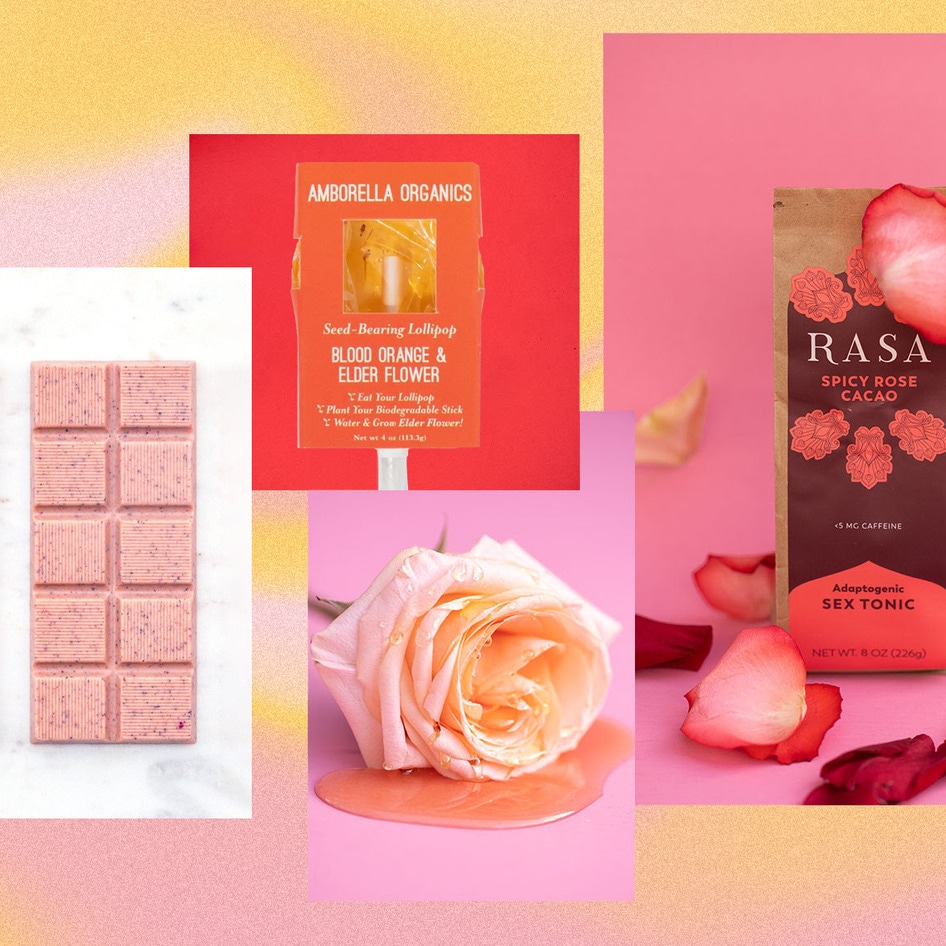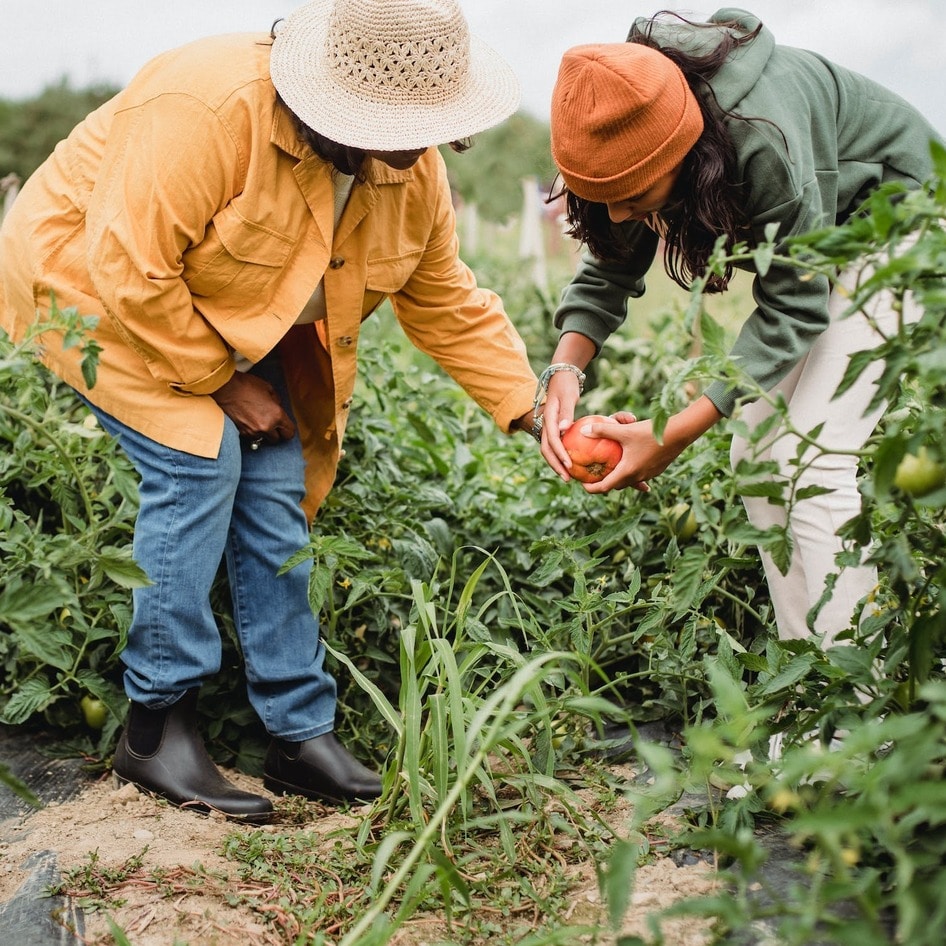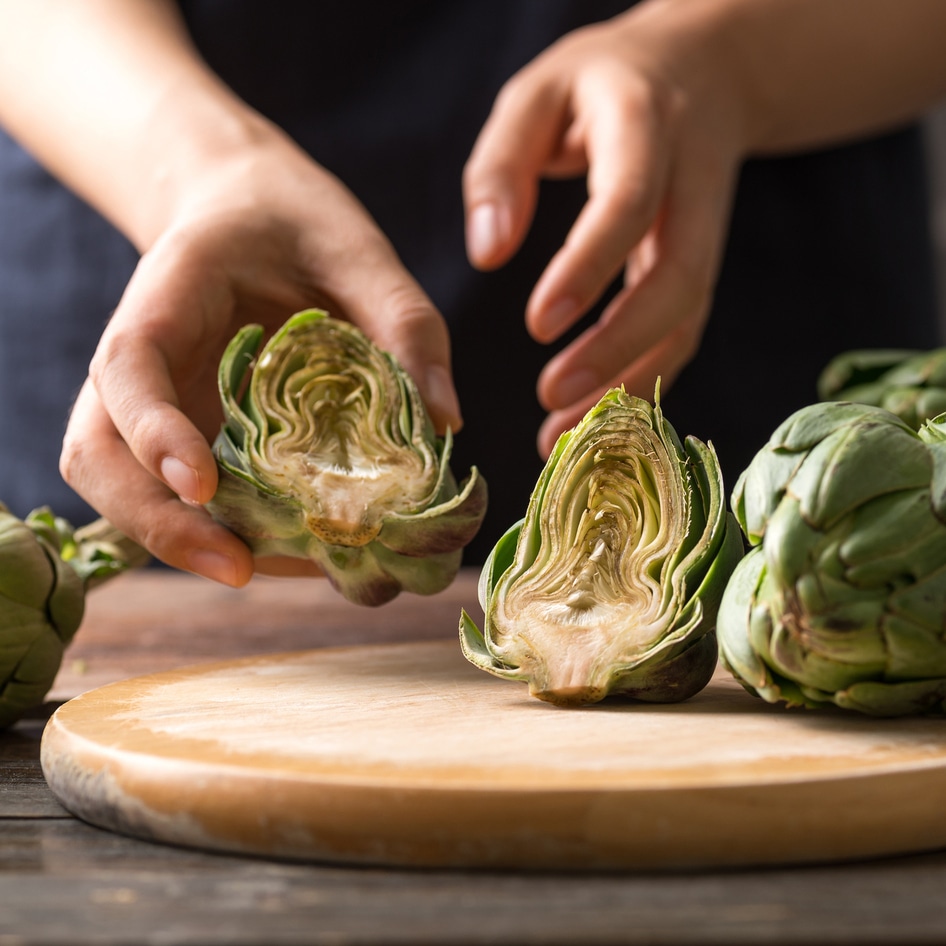10 Edible Wildflowers Worth Picking This Summer
Enjoy the warm weather with a nice walk, and bring home an edible wildflower bouquet.
August 18, 2017
As we all know by now, summer is the best time to explore whatever nature surrounds you. Sadly, the warm weather season is coming to a rapid conclusion, but the good news is that there’s still time to hit your local meadows and trails and enjoy the great outdoors. And while traversing through nature, make sure to keep your eyes open edible wildflowers that serve as nature’s most nutritious secret. Once you know what to look for, you can pick wildflowers to eat fresh or keep others to take home to add to your meals. Here are 10 of our favorite wildflowers that have us wishing summer was a year-round season.
1. Echinacea
Echinacea is thought of as one of the oldest herbal medicines, typically ingested to boost the immune system, or for treating the common cold. Easily mistaken for daisies, these beautiful flowers grow all over (usually in purple or pink) and have a sweet smell and taste similar to mint or clove. The petals and leaves are edible, and you can save the center and roots for teas or tinctures.
2. Daisy
English daisies, and their hybrid pals the Shasta daisies, are the free-wheeling counterparts to the colorful Gerbera and Ox Eye daisies often found in flower arrangements. If you can resist playing “they love me, they love me not” and manage to take some home, small daisies make lovely flower ice cubes and cupcake decorations. While daisies are perfectly edible, they do have a mostly bitter taste, which makes them great for digestion but better for decorative embellishments or sprinkling in fruit or vegetable salads.
3. Chicory
Next time you’re near a highway or overpass, look for these tall green weeds with four or five periwinkle flowers on them (they love gravel and dry fields). Those weeds are chicory root, which is used as a coffee alternative in health circles, especially for those avoiding caffeine or acidic foods (also, New Orleans-style coffee is typically a blend of coffee beans and chicory). Chicory is high in inulin, a popular probiotic that is as good for your liver and cholesterol as it is for your digestive system. You can harvest the flowers to sprinkle on vegan cheese (because chicory goes well with bold flavors) or, if you’re more adventurous, pull up the roots, sun-dry or dry-roast them, and grind them up to make “coffee.”
4. Borage (aka, starflower)
You can cook borage leaves or snack on the flowers, but if you’re feeling crafty, you might want to make candied borage flowers, a technique you can apply to any edible flower. The omega-6s that occur in borage make this a solid choice for your blood pressure and hormones, and for reducing inflammation (not bad on a good hike!)
5. Dandelion
Timing is everything with this most prolific and recognizable weed. Wait until the white puff-ball seeds emerge for bigger roots, grab the bright flowers for fried dandelions, and catch the earliest young leaves for salad greens before they get too bitter. Then, make a wish, and save the rest so that you get a mega dose of vitamin K and calcium.
6. Fireweed
A wonderful northern flower that will dress up any plate, fireweed gets its name because it loves to be the first plant to explore after a fire (its favorite places are campsites, forest fires, lightning strikes, or forest edges that transition quickly from wet to sunny). The young leaves make for a great salad green, but the buds and flowers taste great in anything and are a good source of vitamin C (the shoots are high in beta carotene). For a fun alternative to throwing them in a salad, try this Fireweed Syrup recipe.
7. Forget Me Nots
Forget Me Nots are a romantic little flower found in meadows and abandoned lots everywhere. Representing old friendships, separated loves, and community service, Forget Me Nots’ flower has plenty of symbolism in its history. Usually blue, the flower can also be found in rare white and pink blossoms and is commonly desired for a tisane herbal tea. The flowers are also good to snack on while you hike. And, if they last long enough to make it home with you, they make a swell love token for your sweetie, too.
8. Field Sorrel
Field Sorrel became widely known as one of the ingredients in the supposedly cancer-fighting home remedy Essiac Tea. However, this prolific weed loves to follow its step-sister, the wild blueberry, in heaths and on the edges of pastures. Sorrel’s leaves and buds add a citrus flavor to dishes—not unlike lemongrass—and can be used as a substitute for cilantro for the poor souls who don’t enjoy the delightful, tangy herb. And, as a relative of buckwheat, sorrel’s seed pods can be roasted and ground into flour and used as a thickening alternative to cornstarch or arrowroot.
9. Calendula
A member of the marigold family, calendula is useful on a summer hike because its natural oils help heal cuts and scrapes and prevent infection. Furthermore, cooking with calendula is fun because it will dye your food a lovely golden color, earning it the name “poor man’s Saffron.” Traditionally used in soups and sauces, calendula has a spicy taste that goes great in salsa.
10. Wood Sorrel
Typically found in white or yellow, wood sorrel has a sour, lemon-like taste, making it a bright addition to salads, soups, or pastries. The markings on the petals are reminiscent of herb blossoms such as arugula, which are also edible but more peppery in taste. Wood sorrel is also highly water-bearing and contains a high concentration of electrolytes, making it a refreshing snack to recharge on your hike, especially on a hot summer day.
Suzannah Gerber is a vegan executive chef who teaches class on plant-based nutrition and urban farming.
JUMP TO ... Latest News | Recipes | Guides | Health | Shop

